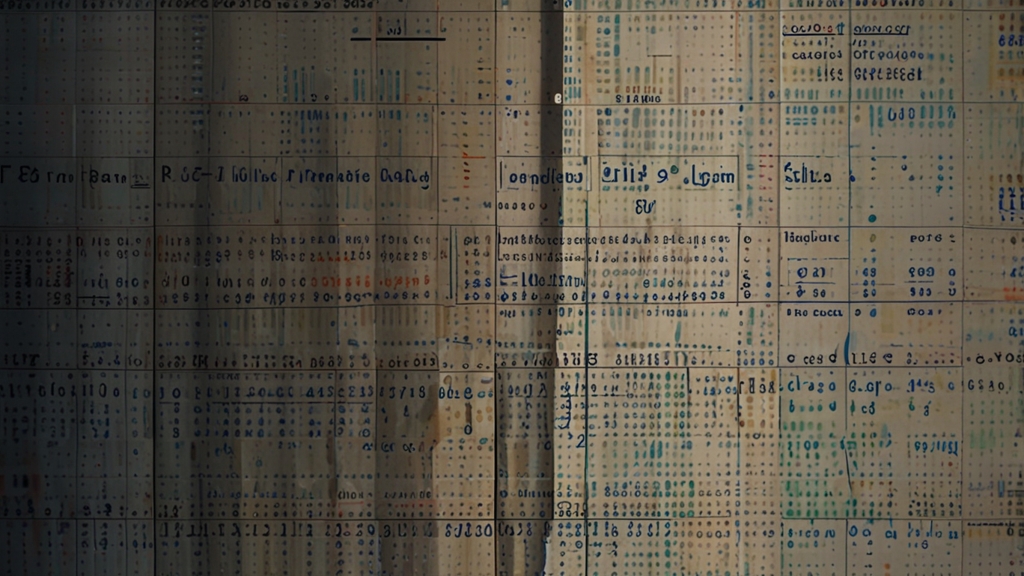Statistical Outliers: When Numbers Tell a Different Story
In the world of data analysis, statistical outliers hold a significant place. An outlier is a data point that diverges greatly from the overall pattern of data. When properly understood and interpreted, outliers can reveal insightful stories. They can indicate anomalies, errors, or sometimes the most interesting phenomena that mainstream data might obscure. This article delves into the nature of statistical outliers and illustrates how they can tell a different story.
Identifying Statistical Outliers
Identifying outliers involves various statistical techniques depending on the nature of the data. One common method is the Interquartile Range (IQR). The IQR is the range between the first quartile (Q1) and the third quartile (Q3) in a dataset. Any data point below Q1 - 1.5*IQR or above Q3 + 1.5*IQR is considered an outlier. Another popular method is the use of standard deviation. Data points lying beyond 3 standard deviations from the mean are typically flagged as outliers.
The Positive Side of Outliers
It's important to note that not all outliers are bad. In fact, they can sometimes herald a breakthrough or a significant discovery. For instance, consider the discovery of penicillin. Alexander Fleming's observation of mold killing bacteria was an outlier in his set of experiments. Had this irregularity been disregarded as mere noise, the world would have lost out on a monumental medical breakthrough.
"Outliers are the ones who have been given the chance to see the world differently." - Malcolm Gladwell, Outliers: The Story of Success
Misleading Outliers
On the flip side, outliers can sometimes mislead. They can skew results, affecting the mean and standard deviation, and ultimately leading to biased conclusions. For instance, in a business setting, a single large transaction in a dataset of transactions can distort the average value, suggesting that the business performs better than it does in reality. Identifying and understanding the context of these outliers is crucial.
Handling Outliers
There are several strategies for handling outliers. One approach is to simply remove them, but this can often lead to a loss of valuable information. Alternatively, data transformation techniques like log transformation or normalization can reduce the impact of outliers. In some cases, treating the outlier as a special case or drilling down further to understand the context can provide more insights.
"Statistical Outliers are like the unexpected guest who, if treated respectfully, can enliven a dull party conversation." - Data Science Enthusiast
Real-World Examples
Real-world examples of outliers abound. In finance, outliers in stock prices can indicate potential fraud or market anomalies. In climate science, outliers in temperature data can signal significant environmental changes. In healthcare, outliers in patient records might point to rare diseases or treatment responses.
Conclusion
Statistical outliers should not be hastily dismissed as mere anomalies. They can carry valuable information that enhances our understanding of data. Recognizing the contexts in which they occur and accurately interpreting their implications can transform outliers from statistical nuisances into powerful storytelling tools. Whether they mark the path to groundbreaking discoveries or signal caution, outliers remind us that in the world of numbers, there’s often a different story waiting to be told.












